Fire pits are like enchanting storytellers themselves, bringing people closer and igniting conversations. Yet, beneath this captivating ambiance lies a crucial consideration – the need for a gas regulator.
In this article, we’ll embark on a journey to explore the significance of having a gas regulator on a fire pit, delving into safety, functionality, and peace of mind.
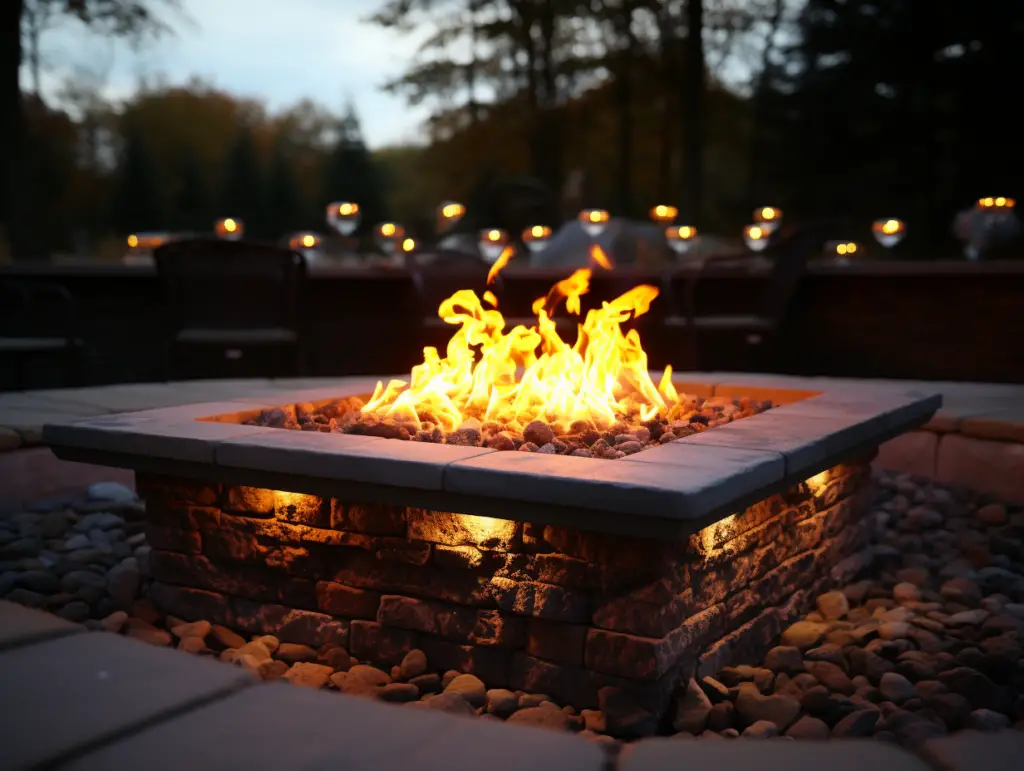
Key Takeaways
- A gas regulator is a crucial safety device that ensures consistent gas flow and prevents gas leaks, flare-ups, and overheating.
- Gas regulators enhance the functionality of fire pits by providing flame control, even heat distribution, and extended propane tank life.
- Choosing the right gas regulator involves considering factors like BTU rating, gas type, and regulator capacity.
The Science Behind Gas Regulators
Gas regulators are essential components in ensuring the safe and efficient operation of your fire pit. They control the pressure of the gas, ensuring it’s consistent and at the right level. Without a regulator, the gas pressure can fluctuate, leading to potential hazards.
Imagine lighting up your fire pit, expecting a gentle flame, but instead, you get a roaring fire that’s too intense. Or, on the flip side, the flame is too weak to provide adequate warmth. Both scenarios are possible without a gas regulator.
Safety First: The Critical Role of a Gas Regulator
When it comes to dealing with fire and gas, safety emerges as a paramount concern. A gas regulator, often overlooked but undeniably crucial, acts as a guardian of this safety realm.
It’s a device that regulates the pressure of gas flowing from the propane tank to the fire pit, ensuring a consistent and controlled burn. Here’s why it’s so essential:
- Pressure Control: Without a regulator, the gas pressure might fluctuate, leading to unpredictable flames, sputtering, and even the risk of a sudden flare-up.
- Preventing Gas Leaks: Regulators equipped with safety features can detect leaks and automatically shut off the gas supply, averting potential disasters.
- Avoiding Overheating: Regulators prevent the fire pit from receiving excessive gas, which could cause overheating, damaging the equipment and putting your safety at risk.
A Symphony of Functionality: How Gas Regulators Elevate Your Fire Pit Experience
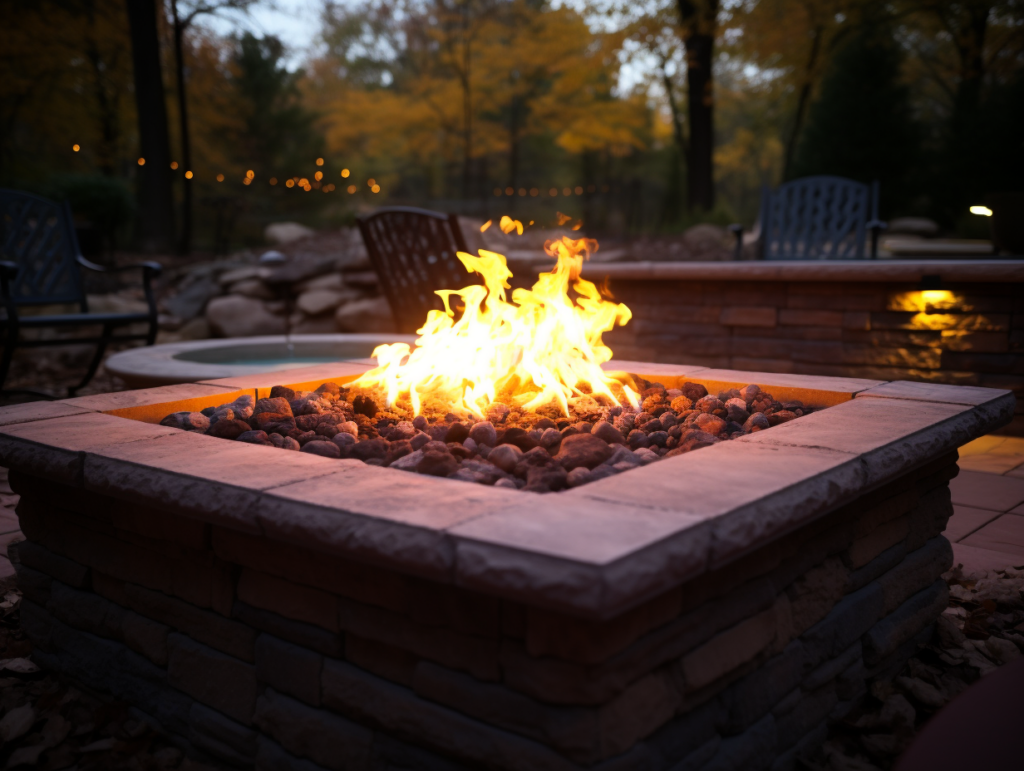
Imagine this: you’ve meticulously arranged a cozy evening around your fire pit. But as you light it up, the flames are wild, dancing erratically, and the heat is uneven.
What could have been a perfect night is now marred by discomfort. This is where a gas regulator steps in, conducting a symphony of functionality that enhances your fire pit experience:
- Flame Control: With a regulator in place, you can adjust the flame height and intensity to your liking. Whether you’re aiming for a mellow ambiance or roaring flames, a regulator provides the reins.
- Consistent Heat: Say goodbye to hotspots and cold corners. A regulator ensures that the fire burns evenly, spreading warmth throughout your gathering space.
- Extended Propane Tank Life: Regulators optimize gas consumption, extending the lifespan of your propane tank. This means more evenings of crackling fires and fewer trips to refill the tank.
The Heart of the Matter: Choosing the Right Gas Regulator
Selecting a gas regulator isn’t a one-size-fits-all endeavor. Just as each fire pit has its unique charm, the regulator must match its requirements. Here are a few key considerations when choosing the right one:
- BTU Rating: The British Thermal Unit (BTU) rating of your fire pit determines the amount of heat it produces. Opt for a regulator compatible with your fire pit’s BTU to ensure efficient performance.
- Type of Gas: Different fire pits utilize different gases – propane or natural gas. Ensure the regulator you choose is designed for the gas your fire pit uses.
- Regulator Capacity: Consider the regulator’s capacity to handle the gas flow. Oversized or undersized regulators can impact performance and safety.
Benefits of Using a Gas Regulator
- Safety: As mentioned, it prevents sudden flare-ups or weak flames.
- Efficiency: Ensures optimal gas consumption, saving you money in the long run.
- Consistency: Provides a steady flame for an enjoyable fire pit experience.
Common Misconceptions
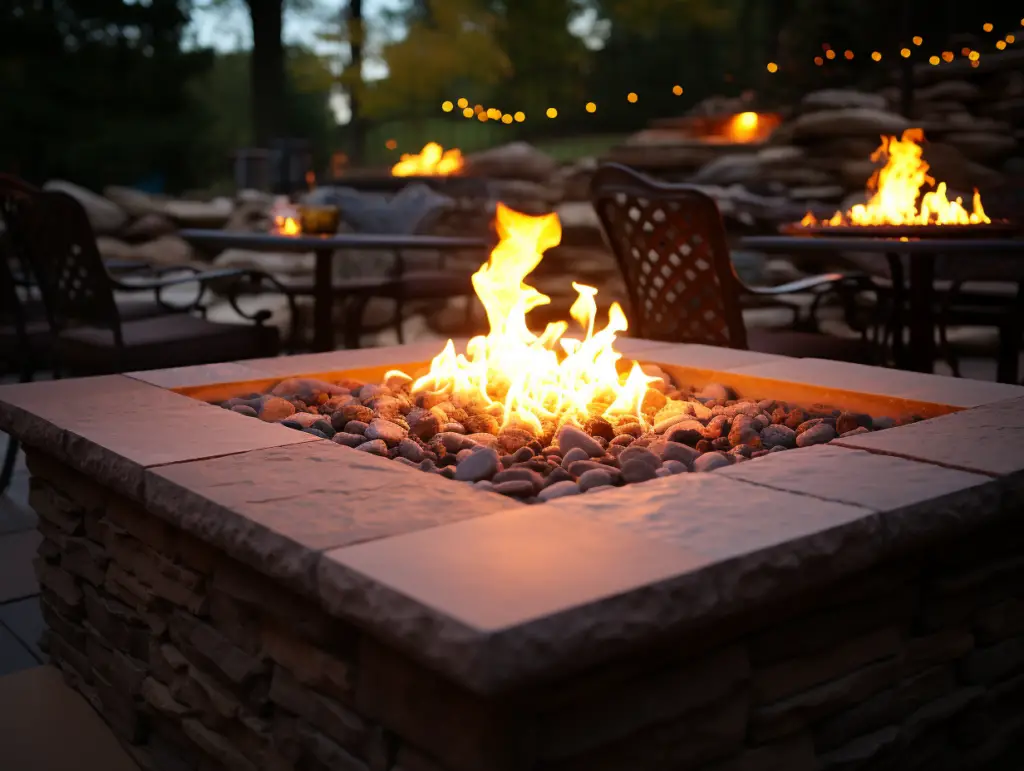
Some believe that if they control the gas flow manually, they can do away with a regulator. While it’s possible to control the flame to some extent, it’s not a foolproof method. A regulator provides the precision that manual adjustments can’t achieve.
Frequently Asked Questions
Q: Can I use the same regulator for different fire pit models? A: Regulators should be selected based on the specific BTU rating and gas type requirements of your fire pit model. Using the wrong regulator might compromise safety and functionality.
Q: Are there any maintenance requirements for gas regulators? A: Gas regulators should be inspected regularly for wear, damage, or signs of corrosion. Follow the manufacturer’s recommendations for maintenance to ensure optimal performance.
Q: Can I install a gas regulator myself? A: While some individuals might have the skills to install a gas regulator, it’s recommended to have a professional handle the installation to ensure safety and compliance with local regulations.
Q: Is a high BTU rating always better for a fire pit? A: Not necessarily. The BTU rating should match the size and design of your fire pit. Too high of a BTU rating might lead to overheating and inefficient gas consumption.

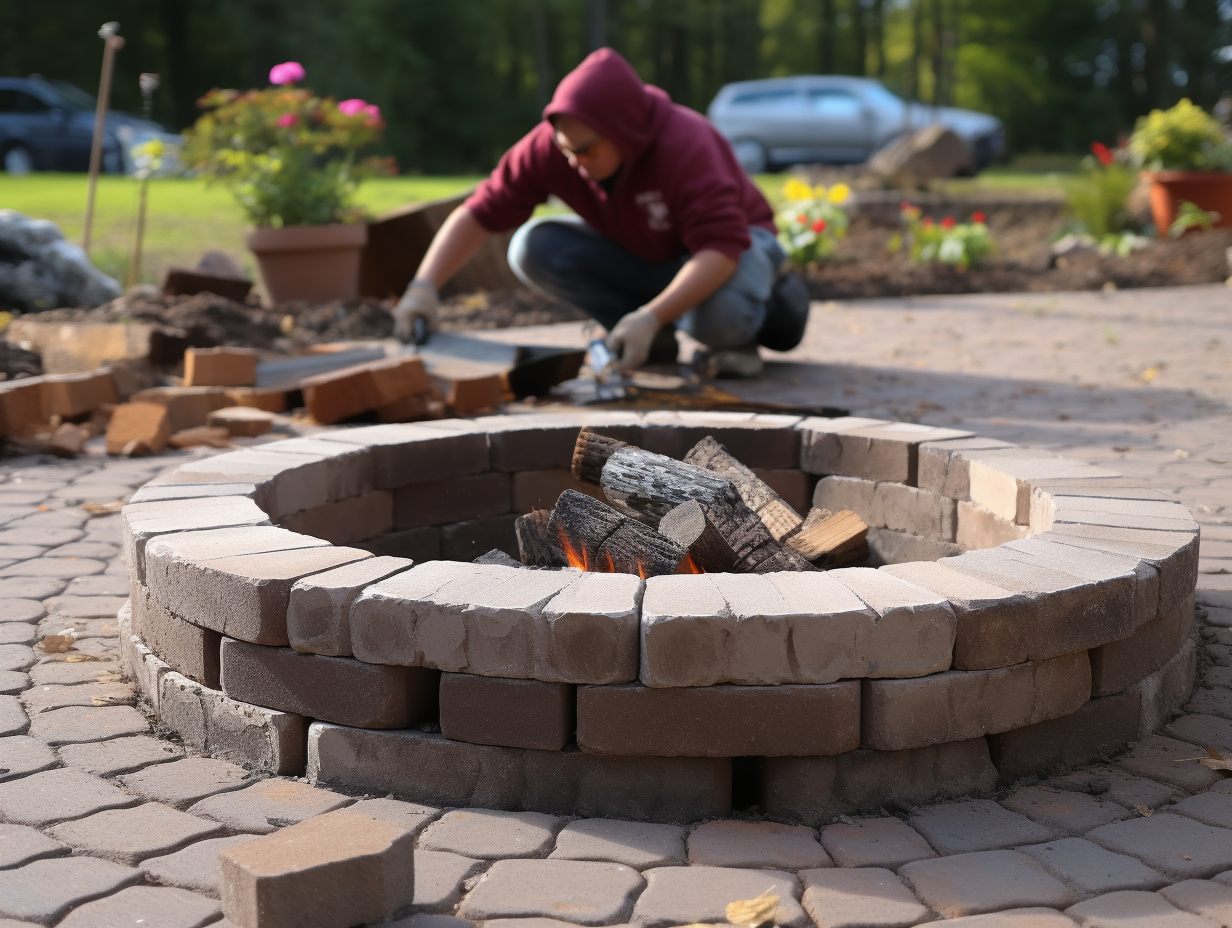

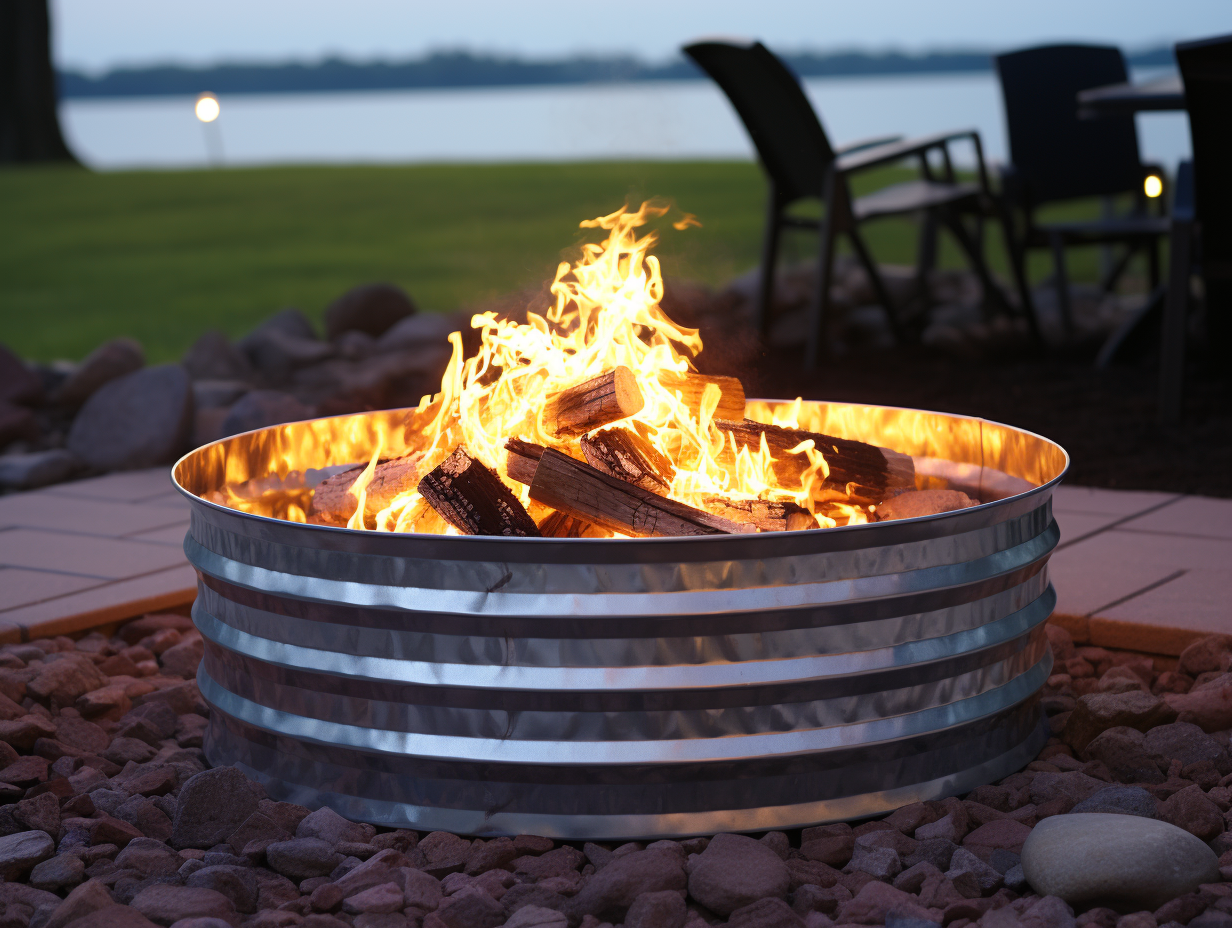

Leave a Reply